U.S. President Donald Trump meets with Japanese Prime Minister Sanae Takaichi in Tokyo
[People News] On October 28, 2025, U.S. President Donald Trump met in Tokyo with Japan’s new Prime Minister Sanae Takaichi. The meeting marked an important milestone in bilateral relations, symbolizing not only a strengthened U.S.–Japan alliance but also a joint commitment to confront the urgent challenges posed by the Chinese Communist Party’s (CCP) hegemony and military expansion in the Indo-Pacific region.
As Japan’s first female prime minister, Takaichi, who took office on October 21, 2025, signaled a more assertive, conservative shift in Japan’s foreign policy. She pledged to bolster Japan’s national defense and deepen its alliance with the United States to meet growing geopolitical and military threats in the region. Trump praised Takaichi effusively, describing the alliance as at its “strongest level ever” and promising enhanced cooperation.
This summit, part of Trump’s broader Asian tour, yielded crucial agreements on critical minerals, defense cooperation, and trade—with implications that extend far beyond bilateral relations and inject new vitality into the U.S. strategic posture in Asia.
A Show of Power: Takaichi and Trump’s First Joint Appearance as Leaders
Trump’s visit to Japan was not a mere diplomatic formality—it was a full-scale strategic mission mobilizing diplomatic, economic, and military resources.
His entourage included Secretary of State Marco Rubio, Defense Secretary Pete Hegseth, Treasury Secretary Scott Bessent, and Commerce Secretary Howard Lutnick. This cross-departmental high-level lineup underscored that the U.S.–Japan relationship is rapidly evolving from a military alliance to a comprehensive strategic partnership. It also sent a clear message to Beijing: Washington and Tokyo are uniting to counter CCP expansion.
Figures like Rubio and Hegseth, both known China hawks, made the summit unmistakably “aimed at Beijing.” The implication was clear—any CCP provocation against Taiwan or in the South China Sea would face a joint U.S.–Japan response.
Japan, for its part, extended Trump an exceptionally high level of diplomatic ceremony—perhaps unprecedented in its history. Prime Minister Takaichi personally accompanied him to inspect the honor guard and held Trump’s arm warmly during their joint press conference, symbolizing close personal rapport.
In a striking move, Takaichi joined Trump aboard the U.S. Marine One helicopter, which flew them to the U.S. aircraft carrier USS George Washington docked in Yokosuka. The “George Washington” is one of America’s core strategic assets in the Pacific. Trump’s visit aboard it was less a gesture of courtesy than a symbolic pledge of military unity. Addressing U.S. troops, Trump declared, “We will defend the free world together,” and announced that the first batch of F-35 missiles for Japan had been approved and would “arrive this week.”
This high-profile military announcement, made at China’s doorstep, was a direct and unmistakable show of deterrence toward the CCP.
Japan’s Military Rise and the “Golden Alliance” Summit
In defense and security, Takaichi reaffirmed Japan’s plan to raise defense spending to 2% of GDP—matching NATO standards and aligning with Trump’s call for greater burden sharing among allies. Trump, in return, reaffirmed the strength of the U.S.–Japan Security Treaty, emphasizing joint efforts to safeguard regional stability.
This marked a turning point: Japan is transitioning from a defensive stance to a more proactive military role. With CCP threats toward Taiwan increasing, Japan’s resurgence as a military power reminiscent of its pre-WWII stature no longer seems far-fetched.
During the summit’s highlight, Trump and Takaichi signed a Rare-Earth Framework Agreement, reinforcing their strategic alliance. Trump declared in his Tokyo speech:
“Japan is America’s highest-grade ally. The United States will meet all of Japan’s needs.”
Takaichi responded that the two countries were entering a “new golden era” and announced $550 billion in Japanese investment in the United States, focused on infrastructure, artificial intelligence, shipbuilding, and manufacturing.
A loyal follower of the late Shinzo Abe’s doctrine, Takaichi reaffirmed the principle that “a Taiwan crisis is a Japan crisis.” Trump echoed this, promising that “if Japan is threatened, the U.S. will respond in kind”—a clear continuation of Abe’s Indo-Pacific strategic vision.
The summit produced a series of concrete agreements covering trade, rare-earth supply chains, and defense cooperation, which both strengthened economic ties and weakened the CCP’s monopoly in key sectors. The White House confirmed that tariffs would be reduced to ease U.S. agricultural and energy exports to Japan while granting Japan greater access to advanced American technologies.
Rare-Earth Pact: A Direct Strike on Beijing’s “Mineral Weapon” Strategy
The new Rare-Earth Framework Agreement aims to “ensure resilient and secure supply chains for critical minerals and rare-earth materials.” It includes measures to streamline permitting, co-invest in mining projects, and share technology to enhance processing efficiency—directly countering Beijing’s “weaponization” of rare-earth exports.
On October 9, the CCP issued its strictest rare-earth export control order in history. In response, the U.S. quickly adjusted its strategy. On October 20, Trump and Australian Prime Minister Anthony Albanese signed a rare-earth and critical-minerals pact at the White House. Trump announced that within a year, the U.S. would possess ample domestic rare-earth supplies.
The U.S.–Japan rare-earth agreement now solidifies an anti-China supply chain, freeing both nations from dependence on CCP exports and securing their defense industries.
This U.S.–Japan “Golden Alliance” centered on high-tech materials and economic security marks a profound geopolitical shift. It signals a new kind of geo-tech rivalry, replacing old-style territorial competition with technology-driven strategic confrontation. At its core lies an irreconcilable divide: the CCP’s authoritarian values versus those of the democratic West.
Beijing’s aggressive “wolf-warrior” diplomacy and global ambitions are accelerating Western unity in technology, economics, and defense. Such alliances are expanding beyond the U.S.–Japan partnership—to potential trilateral or multilateral arrangements among the U.S., South Korea, Europe, Australia, and India. The CCP is being increasingly isolated and encircled by the democratic world.
CCP Panic: Propaganda Meltdown
Beijing’s reaction to the U.S.–Japan summit has been pure panic. On one hand, state media launched a flood of articles threatening Taiwan; on the other, authorities opened a farcical “criminal case” against Taiwanese legislator Puma Shen (Shen Bo-yang). These moves, though intended to project toughness, in fact reveal deep anxiety and weakness inside the regime.
Recent Xinhua and Global Times articles under the pseudonym “Zhong Taiwen” declared that “national reunification is unstoppable” and warned Taiwan’s “separatists” of harsh punishment. A piece published on October 29 went so far as to state that “China will never rule out the use of force against Taiwan”—a sharper tone than usual. This propaganda blitz was clearly a direct response to the U.S.–Japan alliance.
Beijing is trying to divert domestic attention through loud propaganda. But these threats are aimed not at Taiwan, rather at its own citizens—an attempt at psychological self-comfort.
The CCP’s desperation has produced a string of blunders. Its most absurd move was to launch a “criminal investigation” against Taiwanese lawmaker Puma Shen, a member of Taiwan’s ruling Democratic Progressive Party and founder of the Black Bear Academy—a pioneering civilian defense training organization supported by tech billionaire Robert Tsao. The academy promotes national defense awareness, civilian resistance training, and education on CCP cognitive and psychological warfare tactics.
This initiative has effectively shattered Beijing’s “reunification dream” by making Taiwan’s civil society more resilient. The Chongqing authorities announced the “investigation” of Shen on October 28, accusing him of “separatist activities.” But the move is pure theater: it carries no legal force beyond mainland China—“a mouse pretending to be a cat,” as netizens mocked.
Instead of intimidating Shen, the move has exposed the CCP’s soft underbelly. The regime excels at propaganda and political control, but Shen’s Black Bear Academy has struck directly at its weak point—counter-propaganda mobilization that unites Taiwanese society against CCP infiltration.
In reality, Beijing does not dare attack Taiwan militarily; it relies on empty rhetoric and gangster-style propaganda to save face.
Military Turmoil and a Crumbling Chain of Command
The deeper reason for Beijing’s panic lies in the disarray within the People’s Liberation Army (PLA). The ongoing anti-corruption campaign has purged even the highest ranks—recently removing nine generals, including Vice Chairman He Weidong of the Central Military Commission. These generals were reportedly “Taiwan hawks,” advocating invasion.
He Weidong, once seen as a Xi loyalist, fell in the latest purge, showing how far the clean-up has penetrated. It has shaken Xi’s grip on the military and left morale in tatters. With dozens of generals ousted, the PLA’s chain of command is fractured. How can it possibly fight Taiwan under such chaos?
Though officially labeled “anti-corruption,” the purge is a political struggle that has crippled the PLA’s combat capability. Facing a strengthened U.S.–Japan alliance—with F-35 missiles, carrier groups, and 55,000 U.S. troops in Japan—Beijing’s military ambitions have been severely checked.
Adding to the absurdity, on October 25 the CCP’s National People’s Congress Standing Committee even declared a new “Taiwan Recovery 80th Anniversary” commemoration day. The announcement backfired spectacularly: Chinese netizens flooded social media with jokes such as “I hereby declare the Big Four state banks my personal property” and “Today is my wedding anniversary with Xu Qing.”
From internal military purges, to absurd propaganda holidays, to the “case” against Puma Shen, the CCP has staged one farcical drama after another over Taiwan. It shouts loudly but can’t hide the truth: its Taiwan strategy is failing.
As one observer quipped, “Taiwan is a graceful swan; the CCP, a warty toad—it will never catch her.”
(First published by People News) △

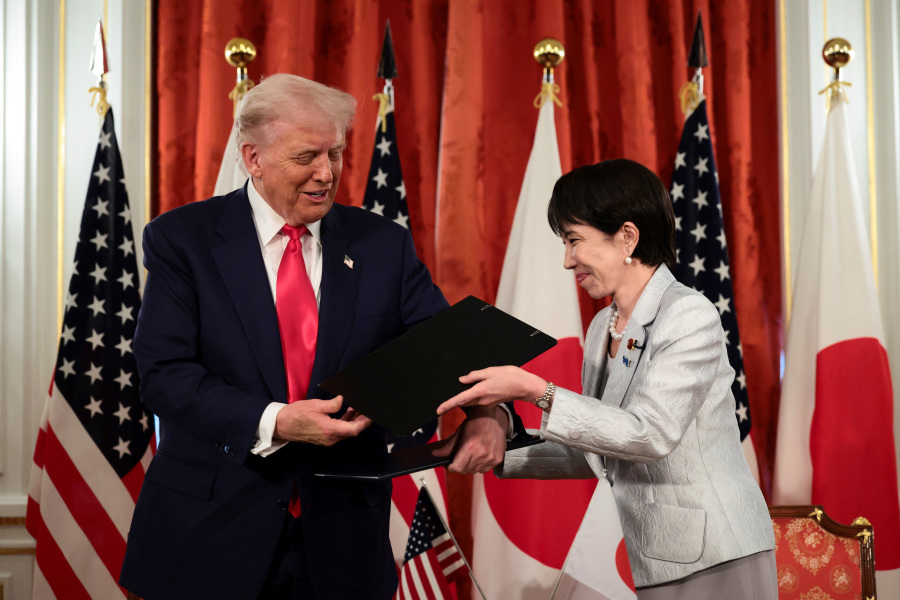
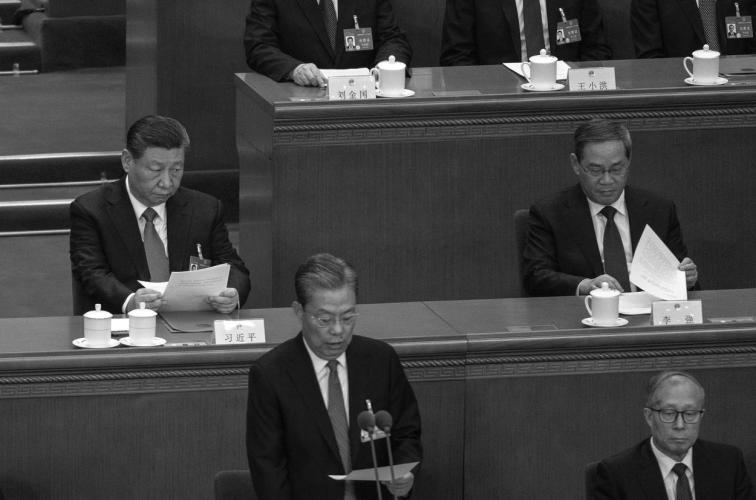
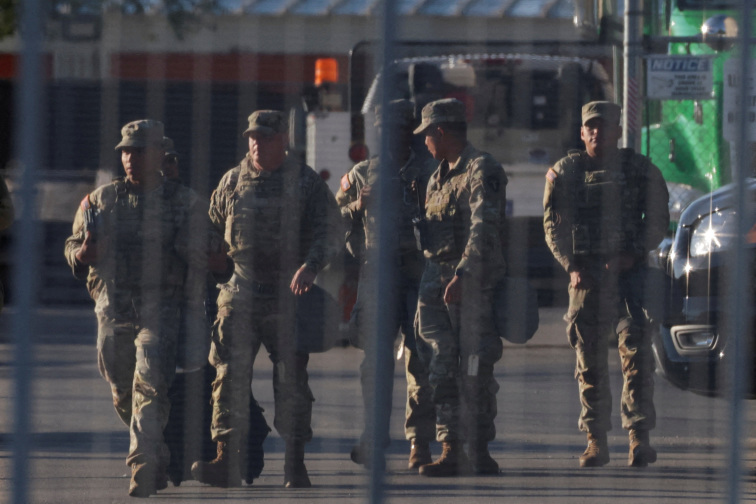
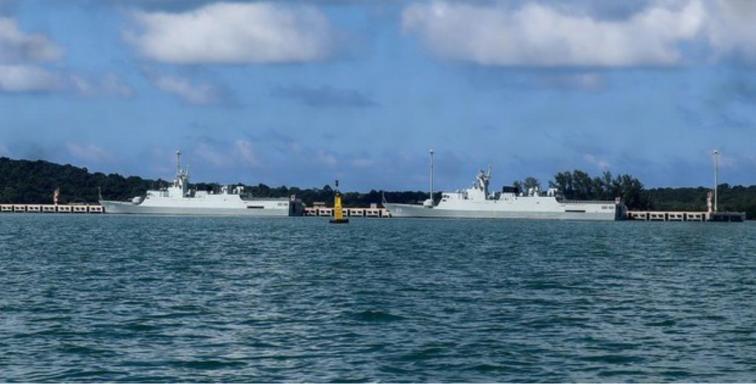
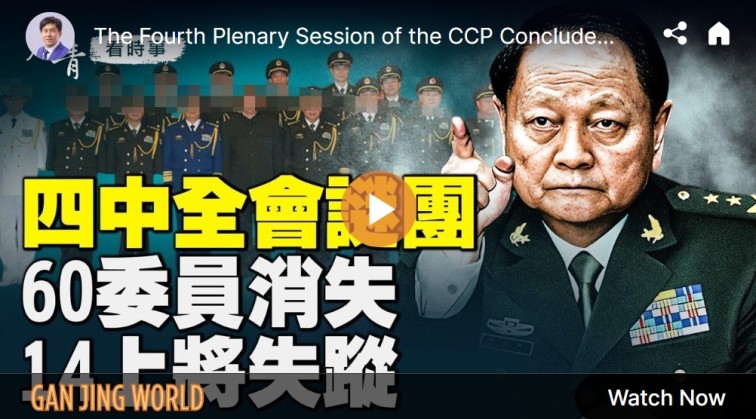


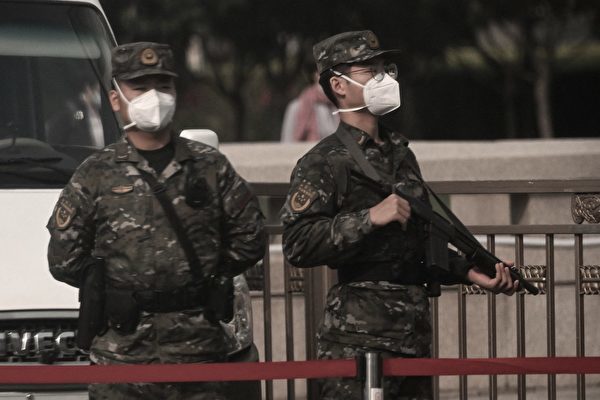


News magazine bootstrap themes!
I like this themes, fast loading and look profesional
Thank you Carlos!
You're welcome!
Please support me with give positive rating!
Yes Sure!